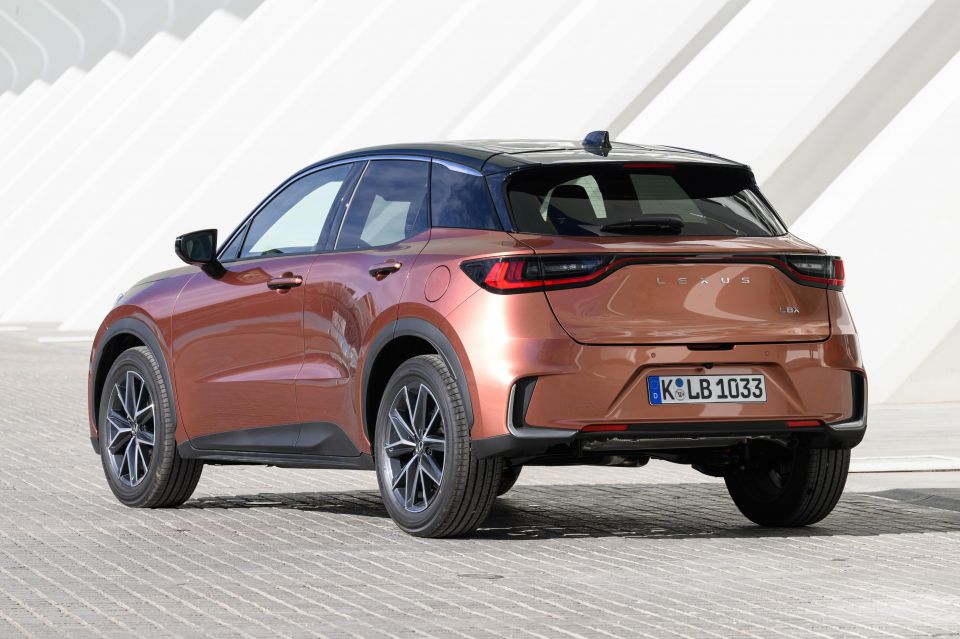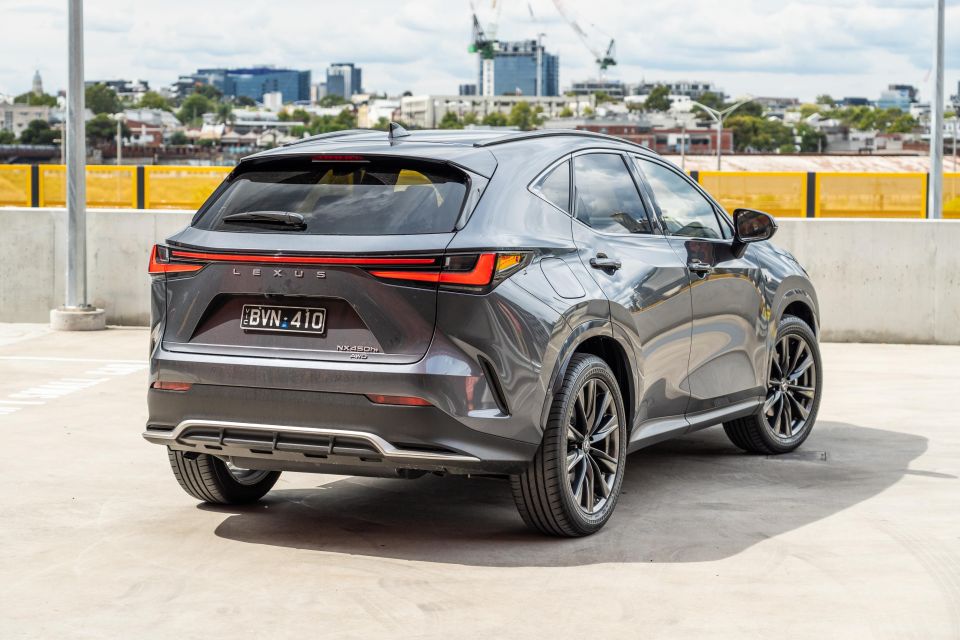

Max Davies
2026 Mazda CX-30 G20 Pure review
4 Days Ago

Contributor
Lexus Australia has thrown its support behind the Federal Government’s proposed New Vehicle Efficiency Standard (NVES), though it has noted it would like some specific amendments to be made.
John Pappas, Lexus Australia’s CEO, told CarExpert the company thinks a mandated fuel efficiency standard is a “great thing because it gives us access to more product and it decarbonises [our lineup]”.
As with many other brands, Lexus Australia made a submission to the Federal Government on the proposed NVES, and says it will make this public at some point.
“Basically even though we support ‘Option B’, under that submission we’d like to see some sensible amendments to ‘Option B’ because we think it’s too aggressive,” said Mr Pappas.

“You know, sensible amendments. So things like really looking at the targets and the timeframes. How progressive those targets are.
“Also looking at things like technology credits, like air-con credits, super credits, off-cycle credits and those things.
“Then also looking at the penalty regime, in terms of that sort of level of severity.”
Mr Pappas also noted he would like the Federal Government to amend how vehicles are categorised, though he didn’t specify how.
Multiple carmakers, however, have called for some larger SUVs to have the same CO2 target as light commercial vehicles, instead of being lumped in with passenger cars.

“So that’s… fundamentally the sensible amendments we’d like to see because we think it’s very challenging based on how ‘Option B’ looks in its pure form,” added Mr Pappas.
When asked about whether the proposed local fuel efficiency standards open up to the possibility of more hybrid, plug-in hybrid and electric vehicle offerings in Australia, Mr Pappas gave an example.
“With GX at the moment [there] is a hybrid version looking like [it’s] going to China, and then after China, [it’s] probably going to go to the US in terms of … priority,” said Mr Pappas.
“That makes great sense to send it to those markets, but they’ve already got emissions [and] fuel efficiency standards. Whereas we don’t have a mandated standard yet.

“So for us to try and get access if that [GX hybrid] could meet our demand, like in terms of fit for purpose demand, of what a customer wants, and we wanted that car, it’d be very hard for us to get access to that car for our market, compared to other markets that have a mandatory standard.
“With a mandatory standard it enables us to … open those doors for us to offer better product availability to our customers here in Australia.
“Having that standard will give us access to more electrified options for our market that maybe we can’t get access to at the moment.”
The Albanese Government earlier this year announced its New Vehicle Efficiency Standard. It was consulting stakeholders on its preferred model until March 4, 2024, and said it planned to introduce legislation “as soon as possible”.

It aims for the new rules, which will affect new passenger and light commercial vehicles, to come into effect by January 1, 2025.
Car companies will be given targets for average CO2 emissions per kilometre across their vehicle fleets. Over time this CO2 target will move, forcing companies to provide vehicles with lower or zero emissions to meet stricter targets.
As with the Corportate Average Fuel Economy (US) standard in the US, which has been in effect since 1978, companies can still sell vehicles with heavier fuel consumption. However, they’ll need to offset these vehicles with more fuel efficient models.
If companies meet or beat their CO2 target, they’ll receive credits. If they miss it, they can either trade credits with a different supplier, make it up over the following two years, or pay a penalty.

The Federal Government has presented three options for NVES in Australia – A, B, and C – which are in ascending order of severity. Option B is its “preferred” model, which it calls “strong, ambitious and achievable”.
Under Option B companies would be penalised $100 per gram/kilometre over their set CO2 target.
There would be two CO2 caps: one for passenger vehicles and all SUVs; the other for utes, large pickups and vans (LCVs).
It would target a total reduction in CO2 intensity between 2024 and 2029 of 61 per cent for passenger vehicles and 62 per cent for LCVs, with average annual CO2 reductions of 12.2 and 12.4 per cent, respectively.
MORE: Australian fuel efficiency standards aimed at cutting petrol bills, ‘catching up’ with US MORE: All our coverage on the New Vehicle Efficiency Standard
Where expert car reviews meet expert car buying – CarExpert gives you trusted advice, personalised service and real savings on your next new car.
Jack Quick is an automotive journalist based in Melbourne. Jack studied journalism and photography at Deakin University in Burwood, and previously represented the university in dance nationally. In his spare time, he loves to pump Charli XCX and play a bit of Grand Theft Auto. He’s also the proud owner of a blue, manual 2020 Suzuki Jimny.


Max Davies
4 Days Ago


James Wong
2 Days Ago


William Stopford
2 Days Ago


Josh Nevett
1 Day Ago


Paul Maric
17 Hours Ago


Ben Zachariah
6 Hours Ago